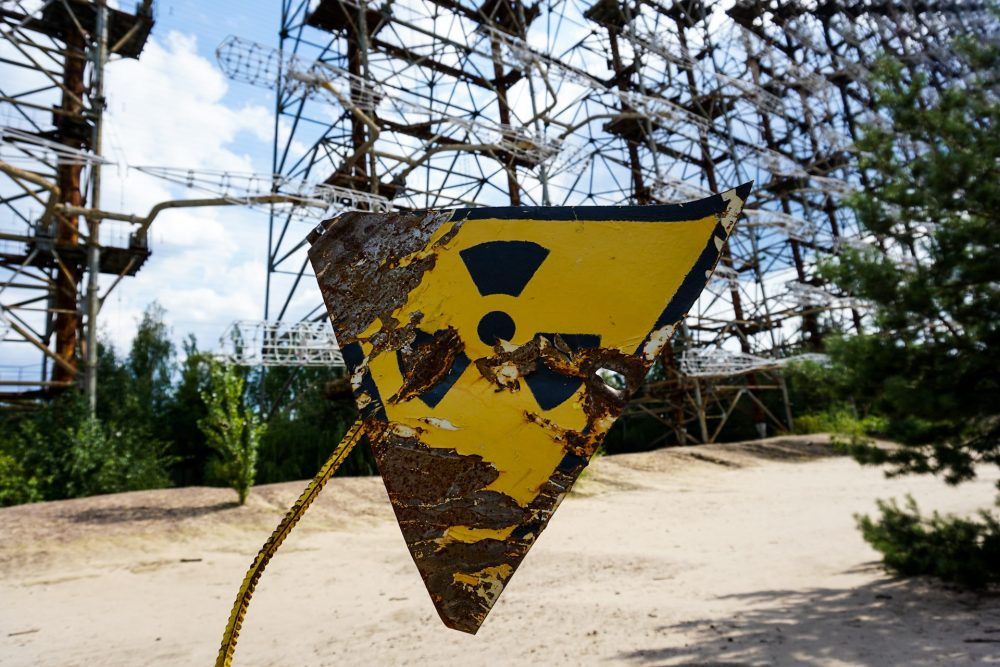Markets
A closer look at economic indicators and how they can help your investment strategy
Economic indicators are usually what financial experts refer to when making their assessments and forecasts.

News and financial reports are often very complicated to muddle through because of all the jargon and statistics from government agencies. Sometimes it feels like they are speaking their own language, and are really not providing the kind of transparency we need in order to interpret what’s on the page.
For investors, it is important to have and be aware of economic data in order to understand how the market is doing. Fortunately, there are economic indicators that you can evaluate on your own:
1. Gross Domestic Product (GDP)
GDP is the total value of the nation’s goods and services, which has been produced for a specific time period. The Federal Reserve adjusts its policy on money depending on how much or how little the country has. It is almost an accurate representation of the size of our economy. You can compare data every quarter or every year.
2. Consumer Price Index (CPI)
The CPI is specific to the average price of certain goods and services that are essential to consumers, such as healthcare, food, and transportation. It is closely associated with our cost of living, and is a good indicator of whether or not there is inflation. Data is usually released by the US Department of Labor.
3. Producer Price Index (PPI)
The PPI, on the other hand, concerns sectors such as agriculture and fishing, manufacturing, forestry, and mining. This time it’s the selling price that’s measured and averaged – an increase could hint at a pending inflation, and would mean that producers are having a difficulty keeping the status quo because of certain factors. Note that the PPI tracks wholesale prices instead of retail.
4. Base Metals
Base metals are perhaps the very backbone of a lot of industries because they are used as raw materials for just about anything. This is why their performance on the market is one of the crucial things to watch out for, as an increase or decrease in movement can indicate right away any important economic activity.

Industries such as construction and manufacturing are big consumers of base metals. (Source)
An increase in for steel from India, for example, could mean that their economy is slowly ramping up. Their renewed effort on infrastructure could mean new jobs, new buildings, and new businesses. Some more examples of base metals are aluminum (used in airplanes, car brakes, cans and utensils), copper (used for pipes and wires), zinc (used in batteries), and nickel (used as a component in iron ore, which produces stainless steel).
The Indonesian iron ore export ban has had some experts declaring a nickel deficit, which for a time drove prices up in the market. If you are an investor in the commodities, this is an important development that you must consider when assessing your investment strategy. Should you sell or buy now? Should you let go of your shares and move on to another commodity entirely, or should you take this opportunity to invest in companies like Amur Minerals Corporation (OTC:AMMCF), whose Kun-Manie project is said to hold massive tonnes of nickel-sulphide mineralization? Base metals are natural resources that companies all the over the world need—analysts will continue to watch them for signs of economic growth.
5. Standard & Poor’s 500 Stock Index (S&P 500 Index)
Lastly, the S&P 500 index is a common resource for a lot of investors. It lists 500 currently leading stocks, which are usually chosen for their liquidity or market size, among other factors. Growth here could mean that there is an increase in business investment, and if business are on the rise then it could also mean that consumers are spending more.
A good place to start
There are a lot of published data out there with more serious data that might be useful in backing up your investment strategy. However, learning how to read these for yourself is also important if you are going to be part of the world of investing. These five economic indicators are a good place to start if you want to get an idea of how the economy is faring.
—
This article may include forward-looking statements. These forward-looking statements generally are identified by the words “believe,” “project,” “estimate,” “become,” “plan,” “will,” and similar expressions. These forward-looking statements involve known and unknown risks as well as uncertainties, including those discussed in the following cautionary statements and elsewhere in this article and on this site. Although the Company may believe that its expectations are based on reasonable assumptions, the actual results that the Company may achieve may differ materially from any forward-looking statements, which reflect the opinions of the management of the Company only as of the date hereof. Additionally, please make sure to read these important disclosures.

-

 Impact Investing2 weeks ago
Impact Investing2 weeks agoFrance’s Nuclear Waste Dilemma Threatens Energy Future
-

 Fintech1 week ago
Fintech1 week agoKraken Launches Krak: A Game-Changing Peer-to-Peer Crypto Payment App
-

 Impact Investing3 days ago
Impact Investing3 days agoEuropeans Urge Strong Climate Action Amid Rising Awareness and Support
-

 Cannabis2 weeks ago
Cannabis2 weeks agoRecord-Breaking Mary Jane Fair in Berlin Highlights Cannabis Boom Amid Political Uncertainty

























